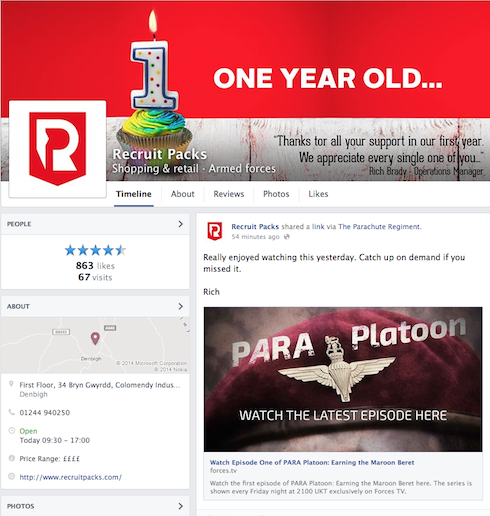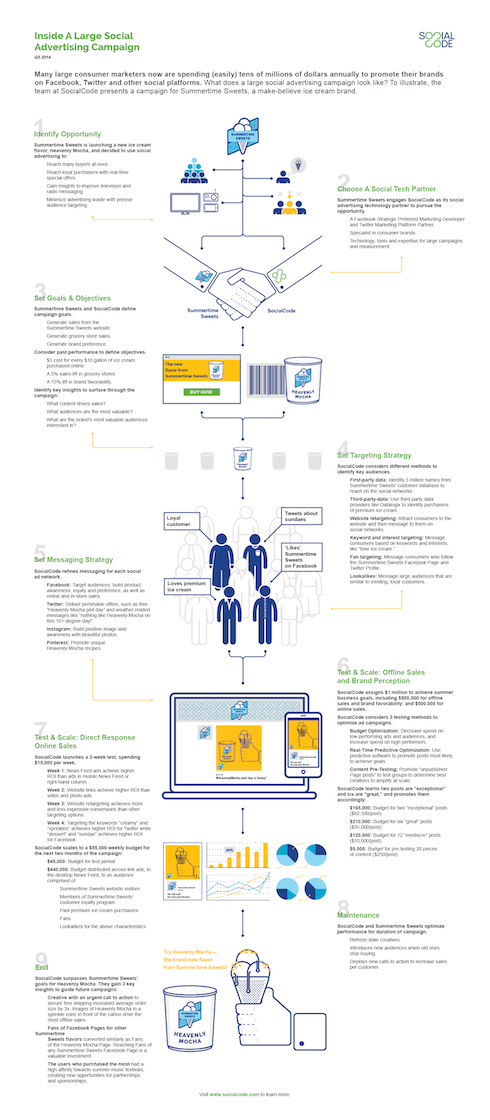By adaptive - October 21st, 2014
Social advertising can be the most powerful weapon in your corporation's marketing arsenal
- Budget
- Platform
- Audience
- Content
The cost factor
Next Reads
November 2014, London
Become a social business! #CSMEU is the largest and most senior meeting of social media and marketing execs, giving you unrivalled insight into how social can drive your business growth & competitive advantage
Brochure Programme

